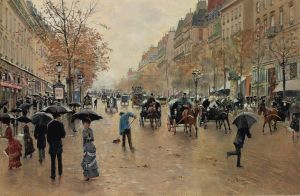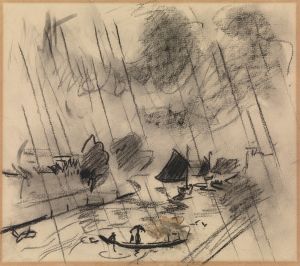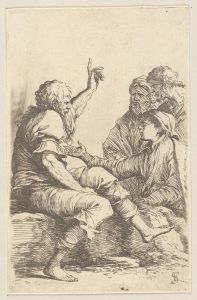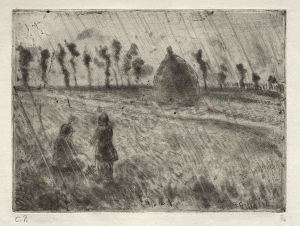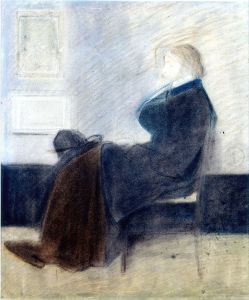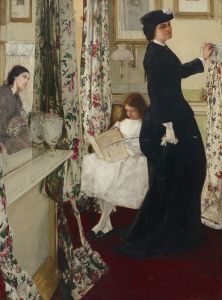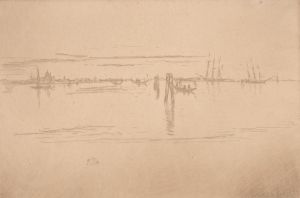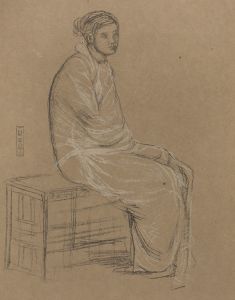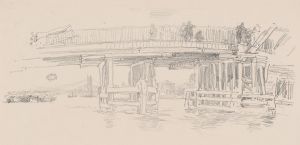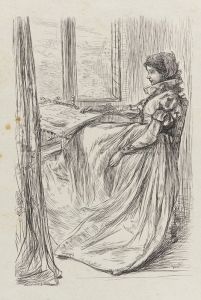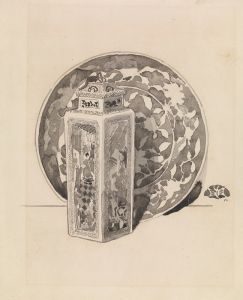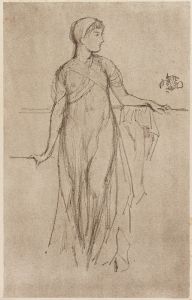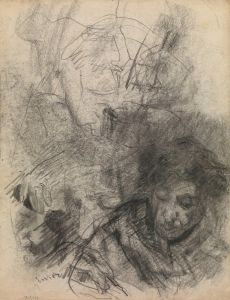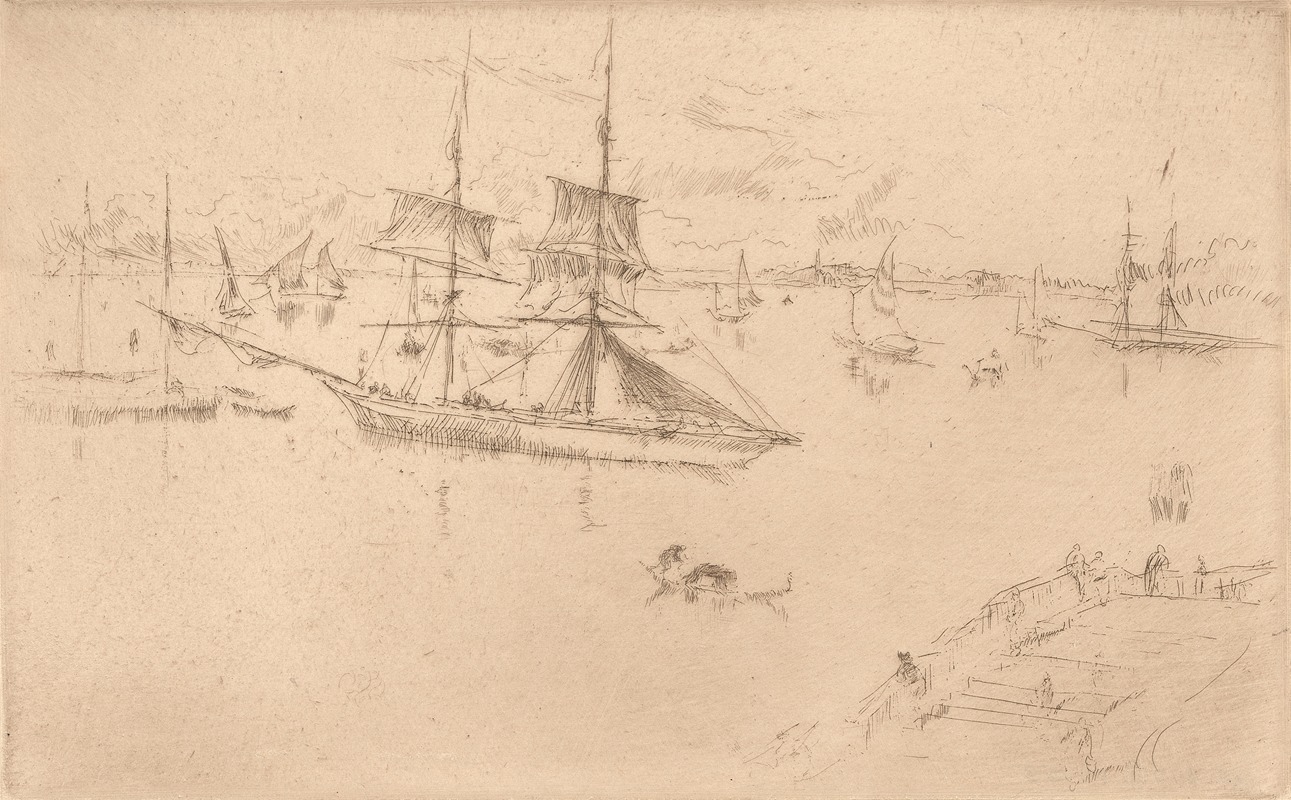
Lagoon; Noon
A hand-painted replica of James Abbott McNeill Whistler’s masterpiece Lagoon; Noon, meticulously crafted by professional artists to capture the true essence of the original. Each piece is created with museum-quality canvas and rare mineral pigments, carefully painted by experienced artists with delicate brushstrokes and rich, layered colors to perfectly recreate the texture of the original artwork. Unlike machine-printed reproductions, this hand-painted version brings the painting to life, infused with the artist’s emotions and skill in every stroke. Whether for personal collection or home decoration, it instantly elevates the artistic atmosphere of any space.
James Abbott McNeill Whistler was an American artist known for his significant contributions to the art world during the late 19th century. He was a proponent of the Aesthetic Movement, which emphasized the visual and sensual qualities of art and design over practical, moral, or narrative considerations. Whistler's work is characterized by a focus on mood and atmosphere, often achieved through a subtle use of color and tone.
"Lagoon; Noon" is one of Whistler's many works that exemplify his unique approach to art. Whistler was particularly known for his series of paintings and etchings that captured the essence of various landscapes and cityscapes, often with a focus on water and its reflective qualities. His works frequently drew inspiration from his travels, particularly his time spent in Venice, which had a profound impact on his artistic style.
The painting "Lagoon; Noon" is part of Whistler's Venetian series, created during his stay in Venice from 1879 to 1880. This period was a turning point in Whistler's career, as he produced a significant body of work that included both paintings and etchings. These works are celebrated for their atmospheric qualities and their ability to capture the unique light and ambiance of Venice.
Whistler's Venetian works, including "Lagoon; Noon," are characterized by their delicate use of color and their emphasis on the interplay of light and shadow. He often employed a limited color palette, using subtle gradations of tone to create a sense of depth and mood. This approach is evident in "Lagoon; Noon," where Whistler captures the tranquil and ethereal quality of the Venetian lagoon at midday.
The painting reflects Whistler's interest in the harmony of color and form, a principle he famously articulated in his "Nocturnes" series. In "Lagoon; Noon," Whistler's use of soft, muted colors and his attention to the effects of light on water demonstrate his mastery of these elements. The work is a testament to Whistler's belief in "art for art's sake," focusing on the aesthetic experience rather than a narrative or moral message.
Whistler's time in Venice was not only artistically productive but also personally significant. It provided him with a respite from the controversies and financial difficulties he faced in London, allowing him to immerse himself in his work. The Venetian series, including "Lagoon; Noon," was well-received and helped to restore Whistler's reputation as a leading artist of his time.
"Lagoon; Noon" remains an important example of Whistler's contribution to the Aesthetic Movement and his innovative approach to landscape painting. His ability to convey mood and atmosphere through subtle color and composition continues to be admired by art historians and enthusiasts alike.





